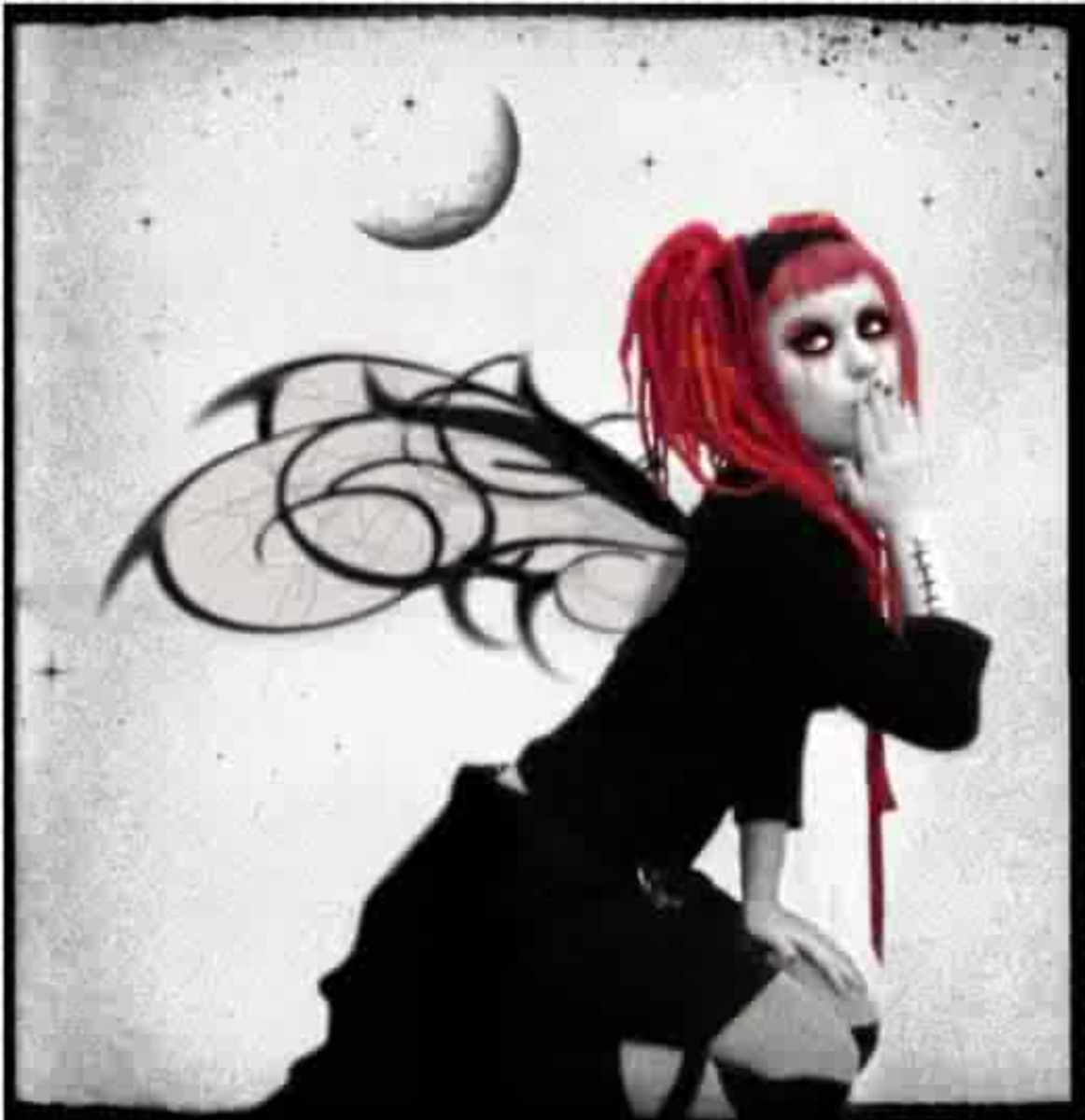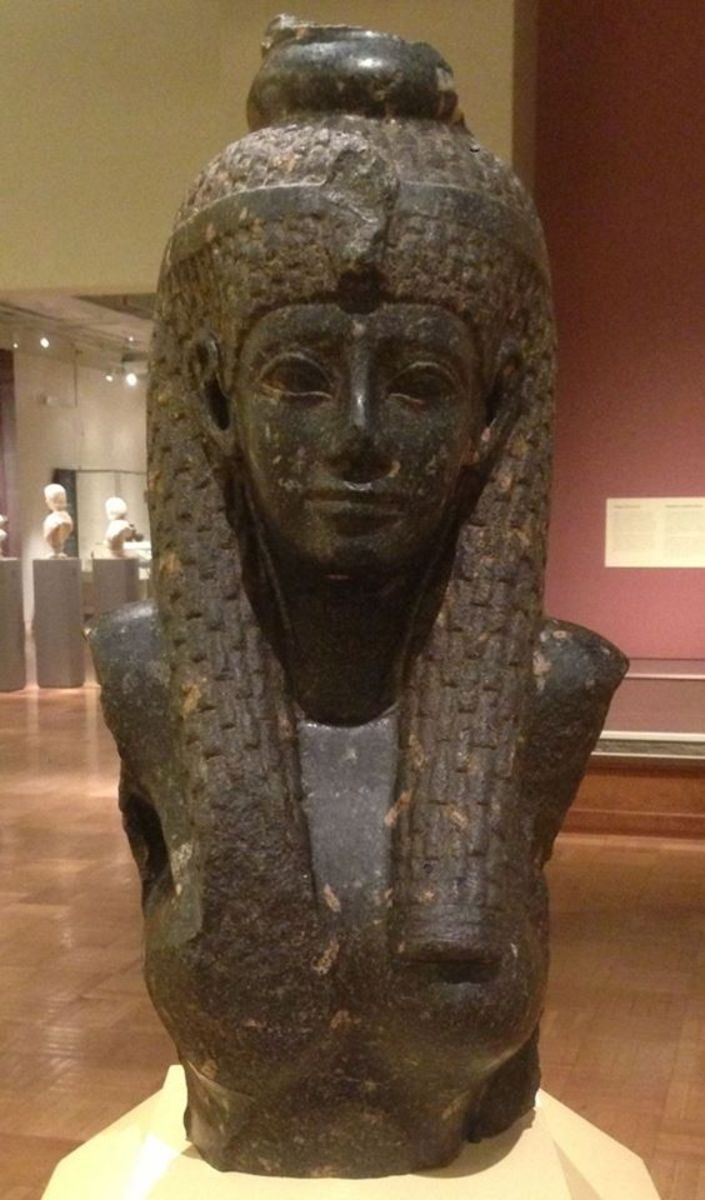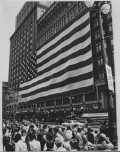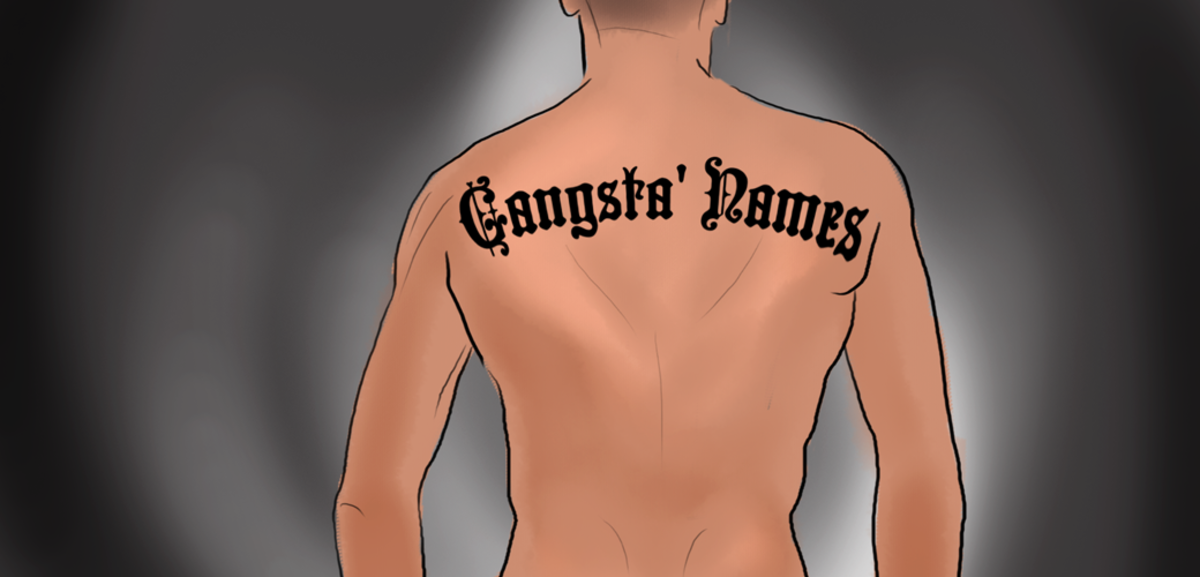Subcultures and the Beats They Derived From
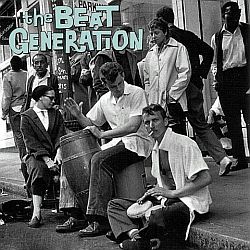
And the Beat goes
In 1948, Jack Kerouac introduced the term “Beat Generation,” to explore and explain the underground youth movement. A group of anti-conformists who were engaged in a cultural phenomena, inspired by the rejection of mainstream political and religious views. The new innovative styles of life, literature, poetry, drug experimentation, alternative sexual experiences, and the rejection of all things material, embodied the Beat Generation. During the post World War II time period, beat would have been taking to mean “beat down,” though Kerouac altered its common understanding, to bring “upbeat” culture to life.
As the subculture grew, prominent figures such as Jack Kerouac, Allen Ginsberg, William S. Burroughs, John Clellon Holmes, and Lucien Carr rose to the top of the underground literary movement. Meeting frequently in New York City, sharing literature and poetry, ideas and drinks, the newly formed group of friends later united in California, associating themselves with members of the San Francisco Renaissance.
As the Beat drops
Although the Beat Generation is since long come and gone, we often see it protruding through our culture, even today. Every new generation and subculture removes pieces of the past in order to incorporate them into their new way of life. The existential existence of the beatniks from that time period led deeply into the world of the hippie movement and further embodied the grunge punk rock movements. The trickle effect of each movement in time has molded and shaped our culture into what it is today.
No two people are the same, though they may share common physical, emotional, or intellectual traits. People group and connect themselves with others in order to find ways to bond and unite. It is in human nature to want to find connectivity in other humans, and we do so typically by social standards. Scene kids exploded from numerous parts of the world during the mid 2000s, peaking through society’s norms with their fashion statements and lack of actual skate ability. At the time, it was either scene, or be seen. These teens and young adults were shunned by most at first due to the lack of current understanding and their seemingly androgynous appearances -- they stood out. The attention they received may have been attributed to the technology craze that was exploiting every ounce of subculture interconnectivity during that decade, or it may have been that it was more widespread due to cross-global awareness. Despite the attention of newer subcultures, the beatniks did this with their literature as opposed to their fashion sense. Punk and grunge was propelled by music and lyrical content. Hip Hop was defined by region, affiliation, beats, and clothing icons.
Often times, people speak of breaking free and creating a subculture unique to that of the known. The truth is, nothing is ever fully unique, because history has compromised our thoughts, tastes, ideals, and fashions, simply by existing. There is no true movement untouched by the past, however, the ability to proceed, make changes, and add to what once was, is the inevitable driving force in social awakenings. And the beat goes on.

